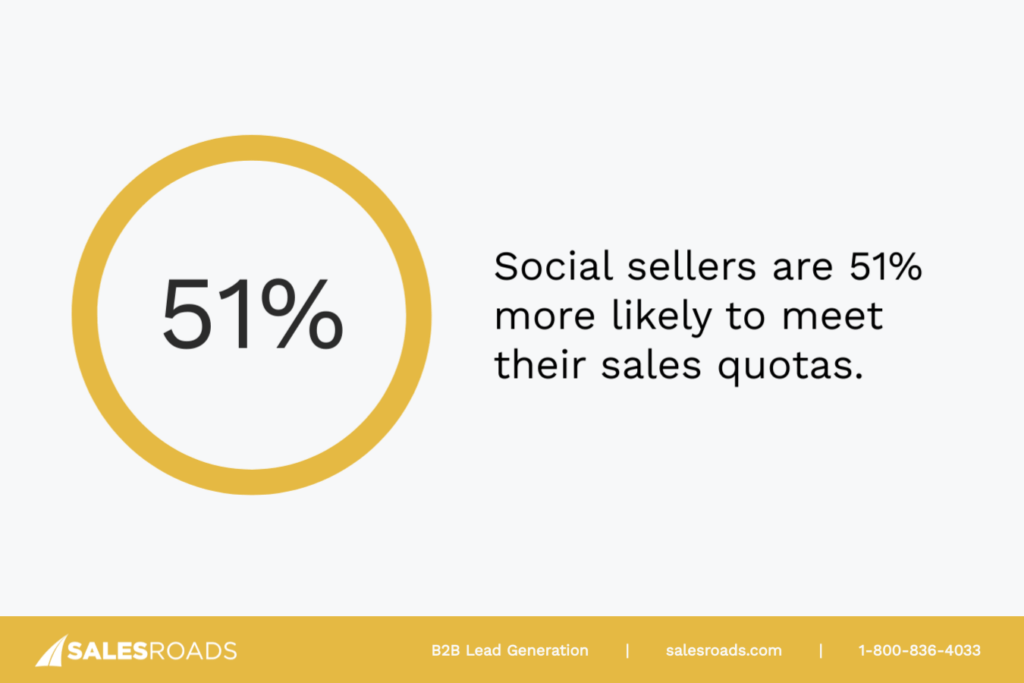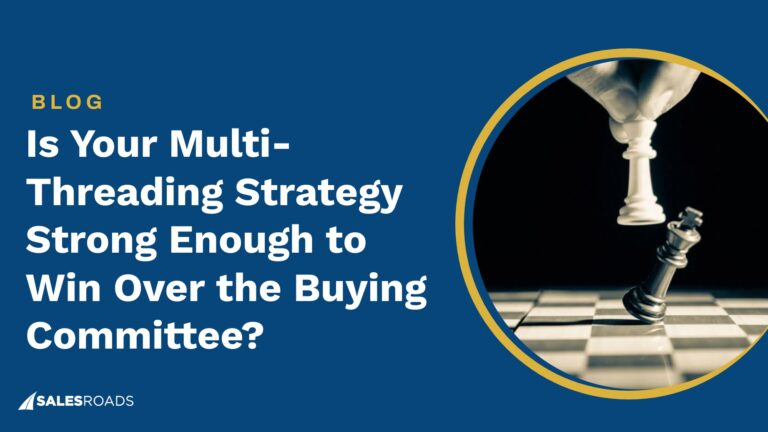Social selling is a rising trend in sales that aims to interact directly with prospects via social media.
Sales reps can provide value by answering questions, sharing relevant content, and personalizing their engagements on social platforms to stay top of mind when leads are ready to buy.
Traditional Selling vs. Social Selling
Traditional selling and social selling both strive for the same goal: successful sales. They differ in their approach to achieving that goal.
Traditional selling includes tactics such as cold calling, cold emailing, in-person meetings, networking events, and sales presentations. These methods require salespeople to make direct contact with potential customers.
Social selling, on the other hand, leverages the power of social media to identify, understand, and engage with prospects. It involves less direct selling and more establishing credibility, demonstrating expertise, and providing value to drive sales.
Why Social Selling is Important
Social selling provides a new avenue for businesses to connect with their potential clients.
Modern customers are technologically adept and informed. They spend substantial time researching products online, comparing brands, and going through reviews before deciding to buy.
Effectively employing social selling enables sales professionals to hone in on prospects who display genuine interest in a brand or product, resulting in a more productive sales process.
The Benefits of Social Selling
Social selling offers numerous benefits that help businesses stay competitive and relevant in the digital age. It opens up new pathways for customer engagement, drives sales, and contributes to long-term relationship building.
Greater brand visibility
Social selling helps you reach a vast audience, as the table below demonstrates:
| Platform | ||||
| Number of Users | 950 million | 3.03 billion | 528.3 million | 2.35 billion |
Keep in mind, though, that not every platform is a good fit for every business. Rather than choosing one based solely on user count, it’s important to find the platform that can accommodate your business goals.
Consistent content sharing and engagement keep your business front and center, enhancing your visibility. This positions your product or service as a top choice for prospects when they’re ready to buy.
Build trustworthy relationships
Social media platforms open two-way communication so salespeople can engage with potential customers on a personal level. By commenting on, liking, or sharing a prospect’s posts, they can initiate genuine interactions and demonstrate they view prospects as more than just potential revenue.
Answering questions, addressing concerns, and providing clarification in real time also establish trust. These interactions lead to stronger relationships with customers and foster a sense of trust.
Even if a prospect isn’t ready to convert initially, once they find you credible, they might refer your business to another prospect who is eager to buy.
Better understanding of customer needs
By monitoring the content prospects share and engage with on social media, salespeople gain insights into what customers need and want, as well as their challenges, opinions, and sentiments.
This enables sales reps to tailor their approach and solutions to better fit each prospect’s specific situation.
Increased sales

Social selling introduces a more efficient, customer-centric approach to sales that’s proven effective: OptinMonster data revealed that “social sellers are 51% more likely to meet their sales quotas.” This data emphasizes the influential effect of social selling on sales performance.
Further, according to a study from MarketSplash, social selling can cut the sales cycle by 20%, especially when it supports traditional sales methods like cold calling.
The power of social selling extends beyond immediate sales goals. Its strength lies in combining relationship building, brand visibility, customer understanding, and sales achievements. This tactic can thus provide the competitive advantage your business needs.
How to Get Started With Social Selling
Social selling is a boon for businesses, but how do you introduce it into your overall strategy? Here are five steps to guide you through the process:
1. Choose the right platform for your business
Not all social media platforms are designed to accommodate social selling. Your choice depends on your business, product or service, and where your ICP spends most of their time.
LinkedIn is a top option for B2B businesses, while B2C businesses might find greater success on more casual platforms like Instagram or Facebook.
2. Establish a professional presence
Your business profile should be comprehensive, professional, and relevant on all channels where you’re active. A high-quality profile picture that clearly displays your logo, a compelling description, and relevant links to your website or other social media accounts all contribute to a professional and authentic online presence.
Remember, your profile functions like a digital business card.
3. Share valuable content
Offer value to your audience by publishing curated content. It should address your customers’ interests and pain points and weave in how your product or service can help within that context.
Social platforms offer a variety of content options, from media and polls to articles, documents, and text-based posts. Embrace this variety to differentiate your content.
4. Engage with your audience
Social selling isn’t about broadcasting but engaging with leads. Respond to comments, ask questions, solicit user-generated content, and join relevant groups and communities to build and maintain an active online presence.
Find opportunities to start meaningful conversations like job changes, promotions, birthdays, or new trends. Building trust involves continuous, meaningful interactions.
5. Monitor and iterate your strategy
The social selling journey continues well after its execution. Keep an eye on key metrics to identify what is and isn’t working in your campaigns.
Follower count, engagement rate, clicks, and conversions are some important measures to track. Use these insights to refine your social selling strategy and see stronger results.
You can monitor the effectiveness of the time you post, the type of content you share, and the ICP you engage.
Bottom Line
The advent of social selling has fundamentally shifted the sales landscape. No longer solely reliant on traditional methods, businesses can now tap into the vast digital realm to foster genuine connections, enhance brand visibility, and drive sales.
As consumer online behaviors continue to evolve, sales strategies must adapt to satisfy their needs. By building connections, sharing insights, and providing value, social selling drives meaningful customer engagement that helps businesses close more deals.
Whether you’re just beginning or refining your strategy, embracing social selling can be the key to unlocking deeper consumer relationships and driving unparalleled growth.
FAQs
- Should salespeople be trained in social selling?
Yes. Understanding and employing social selling is advantageous for salespeople. It can help them nurture stronger relationships with customers, increase brand visibility, and better understand customer needs, leading to an increase in sales.










